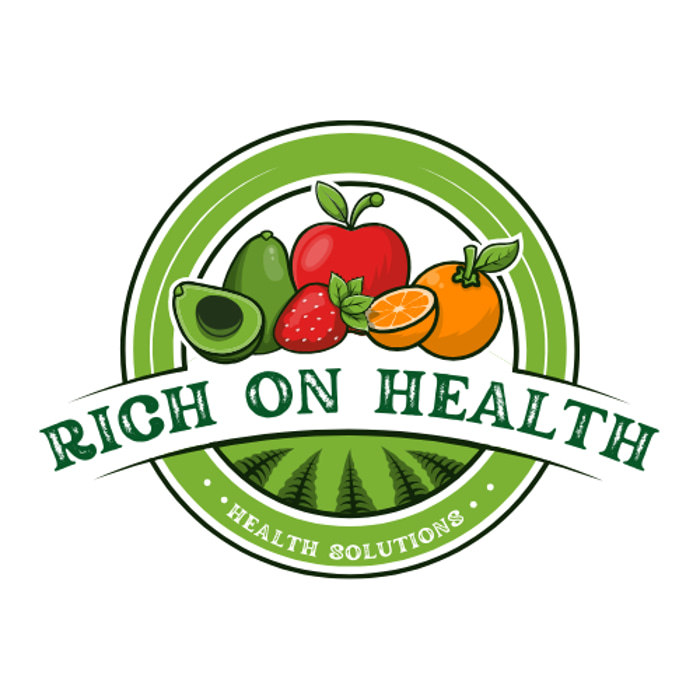Top 10 Most Dangerous Chemicals Found in the U.S. Food Supply
Let's look at some of the top 10 most common dangerous chemicals found in the U.S. food supply, where they're found, and how we might be able to avoid them.
5/8/20242 min read


The 10 Most Dangerous Chemicals in the U.S. Food Supply
The modern food supply is filled with artificial additives, pesticides, and other harmful substances that can have serious health consequences. Some of these chemicals are linked to cancer, hormone disruption, and organ damage, making it essential for consumers to be aware of what they are eating. Here’s a list of the top 10 most dangerous chemicals found in the U.S. food supply, with some steps to avoid their exposure.
10. High-Fructose Corn Syrup (HFCS)
A widely used sweetener in processed foods and beverages, HFCS has been linked to obesity, insulin resistance, and an increased risk of type 2 diabetes. Excessive consumption may also contribute to liver disease and metabolic disorders.
9. Artificial Food Dyes
Synthetic dyes like Red 40, Yellow 5, and Blue 1 are common in processed foods, especially those marketed to children. Studies have suggested links between these dyes and hyperactivity, allergic reactions, and potential carcinogenic effects.
8. Butylated Hydroxyanisole (BHA) and Butylated Hydroxytoluene (BHT)
These preservatives are used to prevent oils from becoming rancid. However, both BHA and BHT have been classified as possible human carcinogens by the International Agency for Research on Cancer (IARC).
7. Potassium Bromate
Commonly found in bread and baked goods, potassium bromate is added to improve texture and elasticity. However, research has shown that it may be a strong carcinogen, leading to its ban in several countries—though not in the U.S.
6. Monosodium Glutamate (MSG)
Used as a flavor enhancer, MSG has been associated with headaches, nausea, and neurotoxic effects in sensitive individuals. Some studies suggest it may contribute to metabolic issues and neurodegenerative diseases.
5. Acrylamide
This carcinogen forms when starchy foods like potatoes and bread are cooked at high temperatures, such as frying or baking. Acrylamide has been linked to an increased risk of cancer in animal studies, leading to concerns about its long-term effects on human health.
4. Glyphosate
A widely used herbicide, glyphosate is sprayed on conventional crops and has been linked to hormone disruption, gut microbiome imbalances, and cancer. The World Health Organization (WHO) classified glyphosate as a probable human carcinogen.
3. Sodium Nitrate and Nitrite
These preservatives, found in processed meats like bacon, hot dogs, and deli meats, can form carcinogenic nitrosamines when exposed to high heat. Studies have linked them to an increased risk of colorectal and stomach cancers.
2. Trans Fats (Partially Hydrogenated Oils)
Trans fats were widely used in processed foods until they were banned in the U.S. in 2018. However, some products may still contain trace amounts. Trans fats are associated with heart disease, inflammation, and an increased risk of stroke.
1. Per- and Polyfluoroalkyl Substances (PFAS)
Nicknamed "forever chemicals," PFAS are found in food packaging, non-stick cookware, and even contaminated water sources. These chemicals accumulate in the body over time, leading to cancer, liver damage, immune system suppression, and reproductive harm.
How to Reduce Exposure to Harmful Chemicals in Food
To minimize exposure to these harmful chemicals, consumers should prioritize whole, organic foods and avoid highly processed products. Reading ingredient labels carefully and choosing products free from artificial additives, preservatives, and synthetic dyes can help reduce risk. Filtering drinking water and avoiding non-stick cookware coated with PFAS are additional steps to limit exposure. Finally, supporting organic and sustainable farming practices helps promote a healthier food supply for everyone. Staying informed and making conscious food choices can go a long way in protecting your health and well-being.
